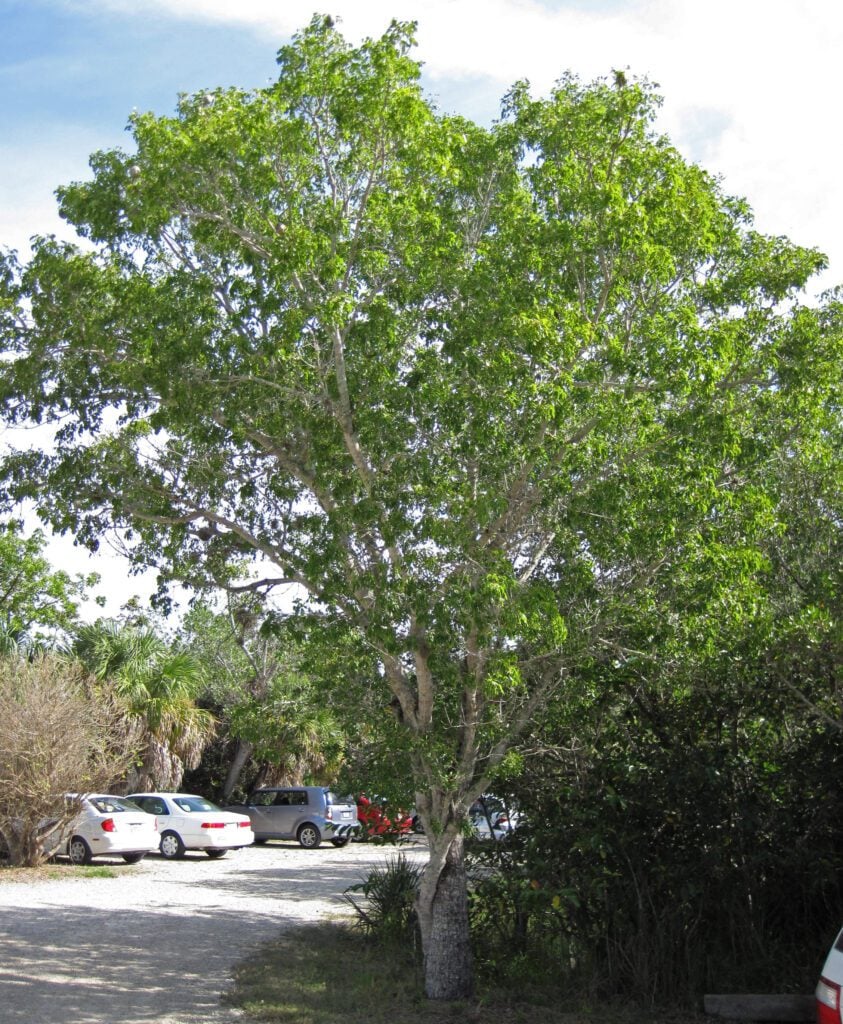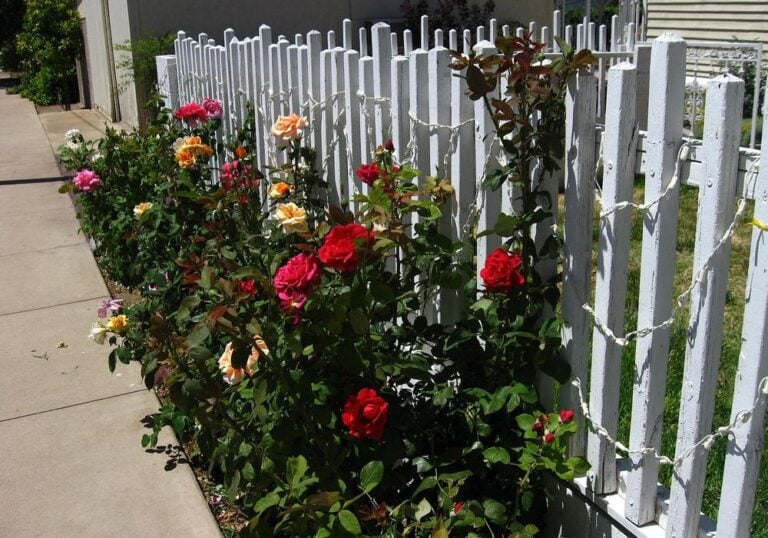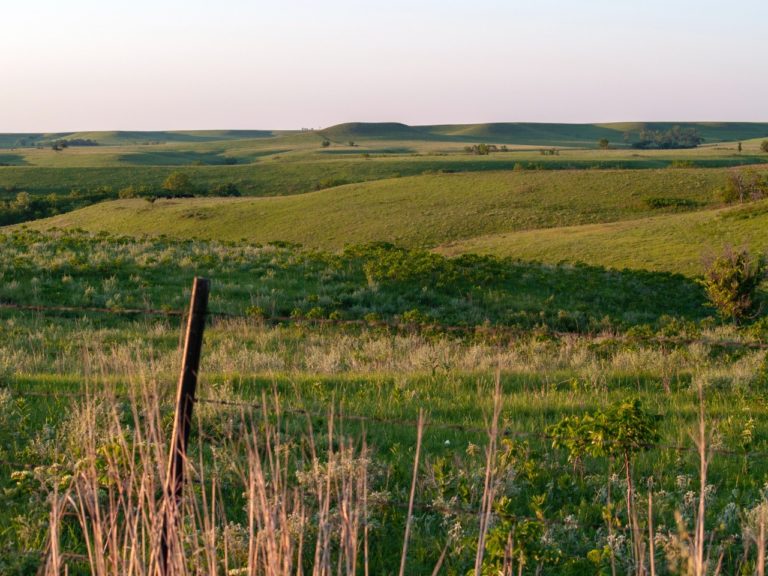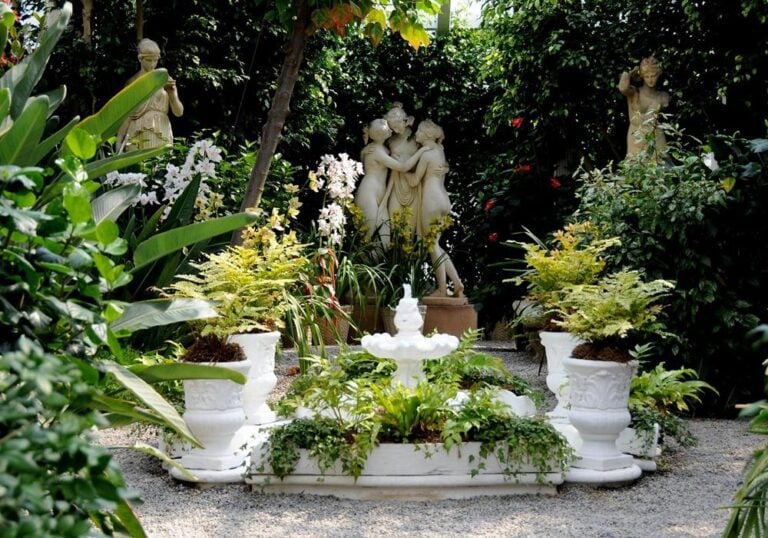Mahogany Tree: A Comprehensive Guide to Growth, Uses, and Conservation
Mahogany is a valuable and well-known tropical hardwood derived from one of three tree species: Honduran or big-leaf mahogany (Swietenia macrophylla), West Indian or Cuban mahogany (Swietenia mahagoni), and Swietenia humilis. Of these, the Honduran mahogany tree is the most widespread and the only genuine mahogany species commercially grown today.

As a tropical tree, mahogany is notably grown in South Florida (zones 10a to 11), where the climate is suitable for its growth. The mahogany tree is a large, semi-evergreen species, often used as a landscape tree in southern Florida due to its ability to provide shade beneath its canopy. The wood turns reddish-brown at maturity, and its leaves are arranged in a feather-like pattern with multiple leaflets.
Classification
In this section, you will learn about the classification of mahogany trees, including their botanical name and family.
Botanical Name
The mahogany tree belongs to the genus Swietenia within the plant family Meliaceae. There are three species of mahogany trees that yield genuine mahogany timber: Swietenia macrophylla, Swietenia mahagoni, and Swietenia humilis.
The most widespread and commercially grown species today is Swietenia macrophylla, also known as Honduran mahogany, Honduras mahogany, or big-leaf mahogany.
Family
Mahogany trees belong to the Meliaceae plant family, which includes several tropical hardwood timber trees.
This family comprises around 50 genera and 550 species, distributed throughout tropical and subtropical regions. The Meliaceae family is known for producing timber and ornamental trees with hard, reddish-brown wood.
As you learn more about mahogany trees, you’ll discover their unique characteristics and the value of their timber in various industries.
Origin and Distribution
Mahogany trees are native to the Americas, specifically in South Florida, the Bahamas, and the Caribbean. These trees are also known as “Cuban mahogany” and “West Indian mahogany” due to their prevalence in these regions. They were introduced into Puerto Rico and the Virgin Islands over two centuries ago and continue to thrive in these places.
One of the first places where mahogany wood was discovered was in Belize. The mahogany tree can grow to an immense size in its native environment, reaching as much as 150 feet high and between 10 and 12 feet in diameter.
Besides their native regions, mahogany trees have been introduced to various countries outside the Americas since the 1800s. These plantations have become naturalized forests, extending the distribution of mahogany trees. Swietenia species, including the highly prized mahogany from Venezuela, Brazil, Peru, and Bolivia, are now protected by CITES due to concerns over illegal logging and mismanagement.
There are several types of mahogany trees, such as Swietenia humilis or Honduran/Dwarf mahogany. This specific type is native to the region south of Mexico but north of the South American continent. However, plantations have cultivated this tree as far south as other areas in South America.
In summary, the origin of mahogany trees can be traced back to the Americas. Through plantation efforts and naturalization, their distribution has extended to various countries globally, including some areas in South America.
Physical Characteristics
Size and Shape
Mahogany trees are fast-growing and can achieve a height between 40 and 60 feet, with some even reaching 75 feet tall. Their canopy typically spreads about 50 feet wide, creating a rounded and symmetrical appearance. However, in rare cases, the big-leaf variety can grow up to 200 feet tall.
Bark
The bark of a mahogany tree is brown-red in color, and its texture can vary across different species. This characteristic makes it visually appealing and easy to identify.
Leaves
Mahogany trees have semi-evergreen leaves that remain on the tree throughout the year. The leaves are dark green and glossy, which adds to the tree’s overall aesthetic. These trees are considered semi-evergreens because they shed their old leaves but always maintain a full canopy of foliage.
Flowers and Fruits
During the flowering stage, mahogany trees produce small fragrant flowers that attract various pollinators. The flowers eventually develop into fruit, which are brown capsules encasing seeds. The fruit typically ripens and splits open, releasing the seeds and allowing for the propagation of new mahogany trees.
Growth and Development
Mahogany trees are known for their fast growth and ability to reach large sizes. In general, these trees can achieve heights between 40 and 60 feet, with canopies spreading about 50 feet wide. However, it is not unusual for them to reach up to 75 feet in some cases.
When planting your mahogany tree, ensure that it is located in an area where winter temperatures do not drop below 40 degrees Fahrenheit (4.4 degrees Celsius). This is essential to promote healthy growth and to avoid potential damage to the tree.
You should also consider the soil type for your mahogany tree. Although they can grow in various soil conditions, well-drained sandy loam soils are ideal for their development. It is best to avoid heavy clay soils and duplex soils as they may hinder the tree’s growth.
As mahogany trees belong to the Swietenia species, it is crucial to note that all species are now listed and protected by CITES due to concerns over illegal logging and mismanagement. This means you should ensure your mahogany tree is sourced and managed responsibly.
Ecological Impact
As a consumer of mahogany wood products, it’s important to understand the ecological impact that mahogany logging can have on the environment. Mahogany trees play a significant role in the rainforest ecosystem, often reaching 200 feet in height, and potentially living upwards of 350 years(Rainforest Alliance). Their presence contributes to the overall health and biodiversity of the forest.
While mahogany wood may be considered sustainable due to its carbon sequestration, carbon storage in products, and long product life, unsustainable logging practices can lead to negative consequences. Unsustainable mahogany logging has been associated with harm to indigenous peoples, deforestation, and the threat to the viability of the species(Ecology and Society). As a result, it’s important to ensure that the mahogany you use comes from a sustainable source and not from illegal logging or monocropping.
To minimize the ecological impact of utilizing mahogany wood products, make an effort to learn about the source of the wood and choose products made from sustainably harvested mahogany. This can help ensure that the benefits mahogany trees provide to the environment are not negated by destructive logging practices.
Uses and Applications
Timber
Your mahogany tree provides valuable timber, which is well-known for its durability, beauty, and color. This hardwood is popular for various commercial applications, such as in furniture making, boats, musical instruments, and flooring veneers. Mahogany lumber can also be carved with exquisite details, adding to its appeal.
Furniture
One of the most common uses of mahogany wood is in furniture making, given its strength, stability, and attractive grain. Its rich color makes it an excellent choice for crafting stunning and timeless pieces of fine furniture such as cabinets, tables, and chairs.
Musical Instruments
Your mahogany tree’s wood is also extensively used in the production of various musical instruments such as guitars, violins, pianos, and drums. The wood imparts a warm sound, making it an ideal material for these instruments. Additionally, mahogany is used in stereo headphones and phonograph record cartridges.
Other Uses
Beyond timber, furniture, and musical instruments, your mahogany tree offers more applications. For instance, it can serve as an ornamental tree or provide shade in parks, backyards, on medians, and as street trees. In some parts of South Florida, gardeners are lucky enough to have the right climate to grow this magnificent shade tree.
Additionally, your mahogany tree is the national tree of the Dominican Republic and Belize, signifying its importance and cultural connection in these regions.
Conservation and Sustainability
As a lover of nature, you might be concerned about the conservation and sustainability of mahogany trees. With the increasing demand for their valuable timber, mahogany trees face various threats and challenges.
Mahogany is particularly valued for its durability, attractive grain, and deep reddish-brown color, which makes it ideal for furniture, paneling, and musical instruments. Sadly, due to logging, many of these trees have become endangered species or even threatened with extinction. It’s important to consider the sustainability of these trees when discussing their role in the environment.
Fortunately, some organizations are actively working to conserve and protect mahogany trees. They ensure that any wood harvested from these trees comes from sustainable sources and doesn’t contribute to habitat loss, biodiversity decline, or illegal logging.
In order for mahogany to be sustainable, it’s crucial to employ proper management practices such as developing integrated pest-management systems, agroforestry, and mixed plantation systems. Additionally, the wood’s carbon sequestration and storage capabilities make it a sustainable choice when acquired legally and from a responsible source.
As a consumer, your actions matter. When purchasing mahogany products, look for labels certifying that the wood comes from a sustainable source, or ask the seller about the wood’s origin. By doing so, you can contribute to the conservation and sustainability of these majestic trees.
Cultivation and Propagation
When cultivating mahogany trees, it’s important to consider your location, as they thrive best in tropical and subtropical climates. For successful growth, ensure the selected planting site has well-draining soil and receives full or partial sunlight.
To propagate mahogany trees from seeds, first, you’ll need to collect seeds from mature trees. The seeds are found in woody brown capsules, usually between January and March. Once you’ve gathered a few seed pods, dry them for a few days on newspapers before attempting to plant them.
After allowing the seed pods to dry, remove the seeds and plant them in pots or trays filled with a well-draining soil mix. Maintain a consistent temperature and keep the soil moist, but not soggy, to promote germination. Once the seedlings have developed a few sets of leaves, they can be transplanted outdoors, taking care to space them adequately to prevent overcrowding.
For optimal growth, water your mahogany tree regularly, providing enough water to create visible moisture on the soil’s surface. However, during rainy seasons, it may not be necessary to water as often. In addition, adding mulch around the tree’s base can help retain moisture and regulate soil temperature.
By giving your mahogany tree the proper care and attention, you’ll help ensure its successful growth and development into a beautiful, shade-providing addition to your landscape.
Pests and Diseases
As a mahogany tree owner, it’s essential to be aware of the various pests and diseases that can affect your tree. One of the most important pests of mahoganies are moths in the genus Hypsipyla, which bore into the shoots and seed capsules of mahogany trees and their relatives. To protect your mahogany tree from these pests, you may need to implement pest management strategies and use appropriate measures.
Another pest to watch out for is the flatheaded apple tree borer, which can cause damage to your mahogany tree in the spring (UC IPM) . Pesticides can help eradicate these borers, but it’s crucial to stay vigilant and take preventive action each spring.
Leaf notchers are yet another pest to be aware of, as they can attack your mahogany tree and cause significant damage. Proper monitoring and control of leaf notchers can help ensure the health and well-being of your tree.
When it comes to diseases, there are several to be mindful of. Some common diseases affecting mahogany trees include annosus root disease, canker diseases, hypoxylon canker, leaf spot diseases such as anthracnose, and powdery mildew. Keep an eye on the health of your tree and take action when necessary to treat these diseases and prevent them from spreading.
In summary, knowing about the major pests and diseases affecting mahogany trees helps you take proper care of your tree. By being proactive and implementing preventive measures, you can ensure the well-being of your mahogany tree and maintain its beauty for years to come.
Frequently Asked Questions
Is Mahogany a Hardwood or a Softwood?
Mahogany is a hardwood. It is known for its durability, strength, and resistance to decay, making it a popular choice for furniture, flooring, and decorative items.
Are Mahogany Trees Endangered?
Yes, some species of Mahogany trees are endangered due to concerns over illegal logging and mismanagement. According to the Rainforest Alliance, the big-leaf Mahogany tree is an integral part of the rainforest ecosystem and is an important resource for local communities, but it is also endangered. Additionally, Swietenia species, which include Mahogany, have been introduced in various countries outside the Americas since the 1800s, with many plantings becoming naturalized forests. All species of Swietenia are now listed by CITES and protected due to concerns over illegal logging and mismanagement (Wikipedia).
What Does the Grain Pattern of Mahogany Wood Look Like?
The grain pattern of Mahogany wood is generally straight and is typically free of knots and defects. The pores may be small but are still visible to the naked eye. Mahogany wood typically starts off as a light brown color with pinkish tones, but becomes a deeper reddish-brown color over time. The ribbon-stripe appearance of American Mahogany and its look-alikes comes from a peculiar cell structure called “interlocked grain.” The striping is most noticeable when boards are quartersawn, that is, when the growth rings are at right angles to the wide face of the board.






